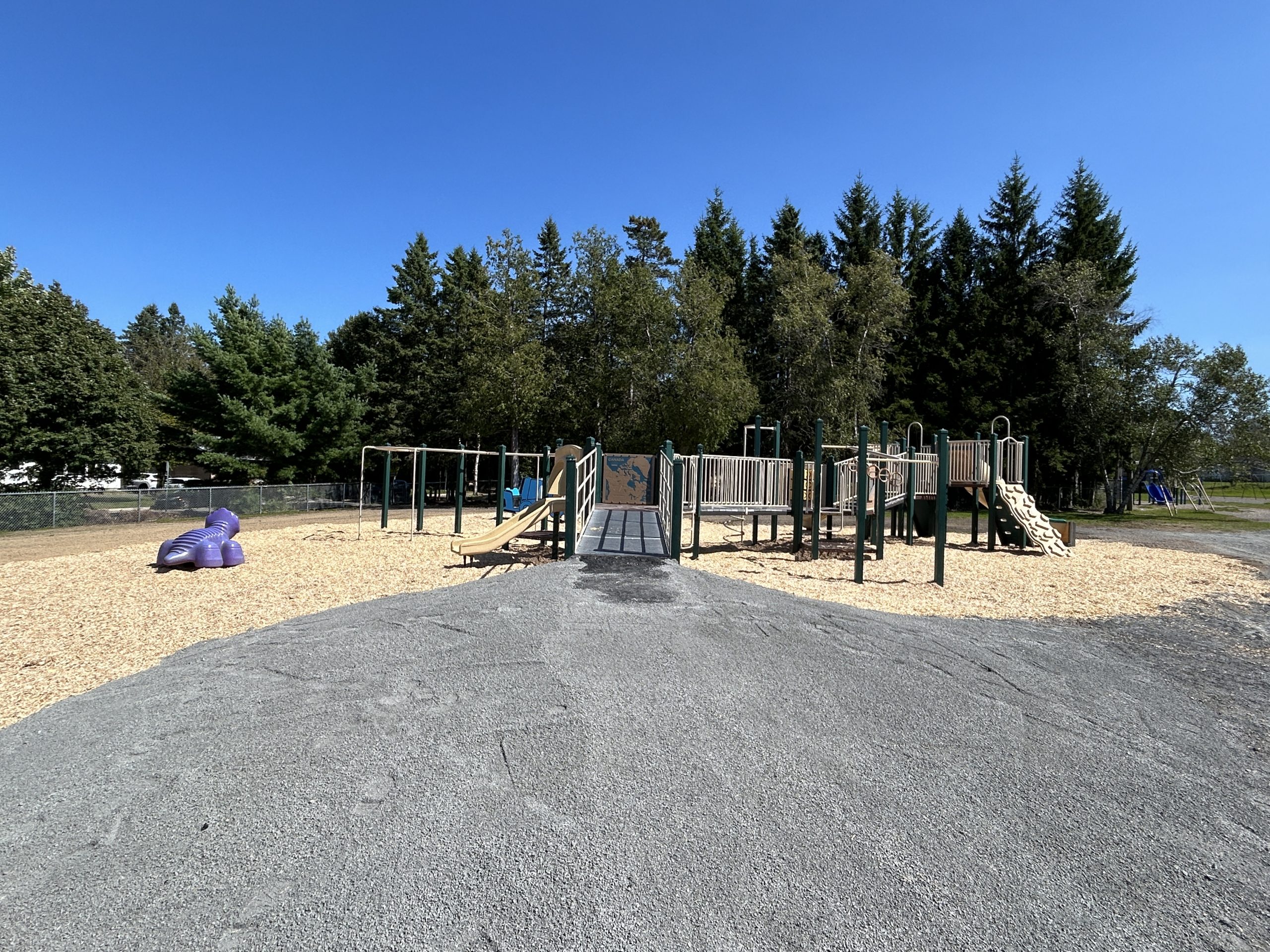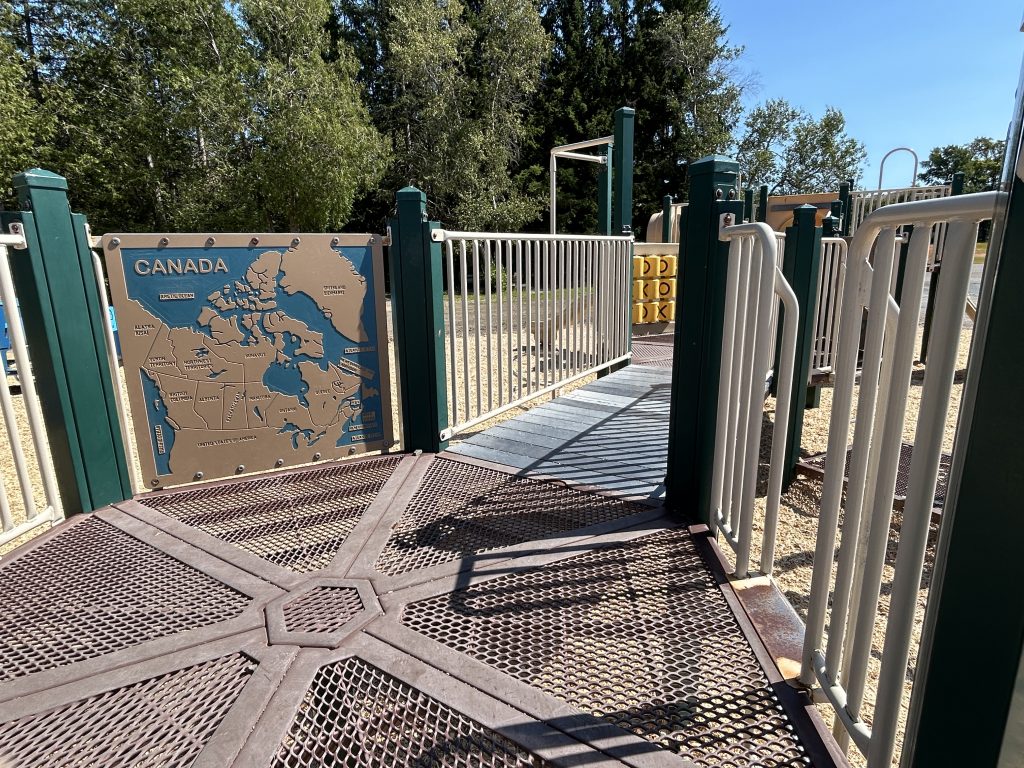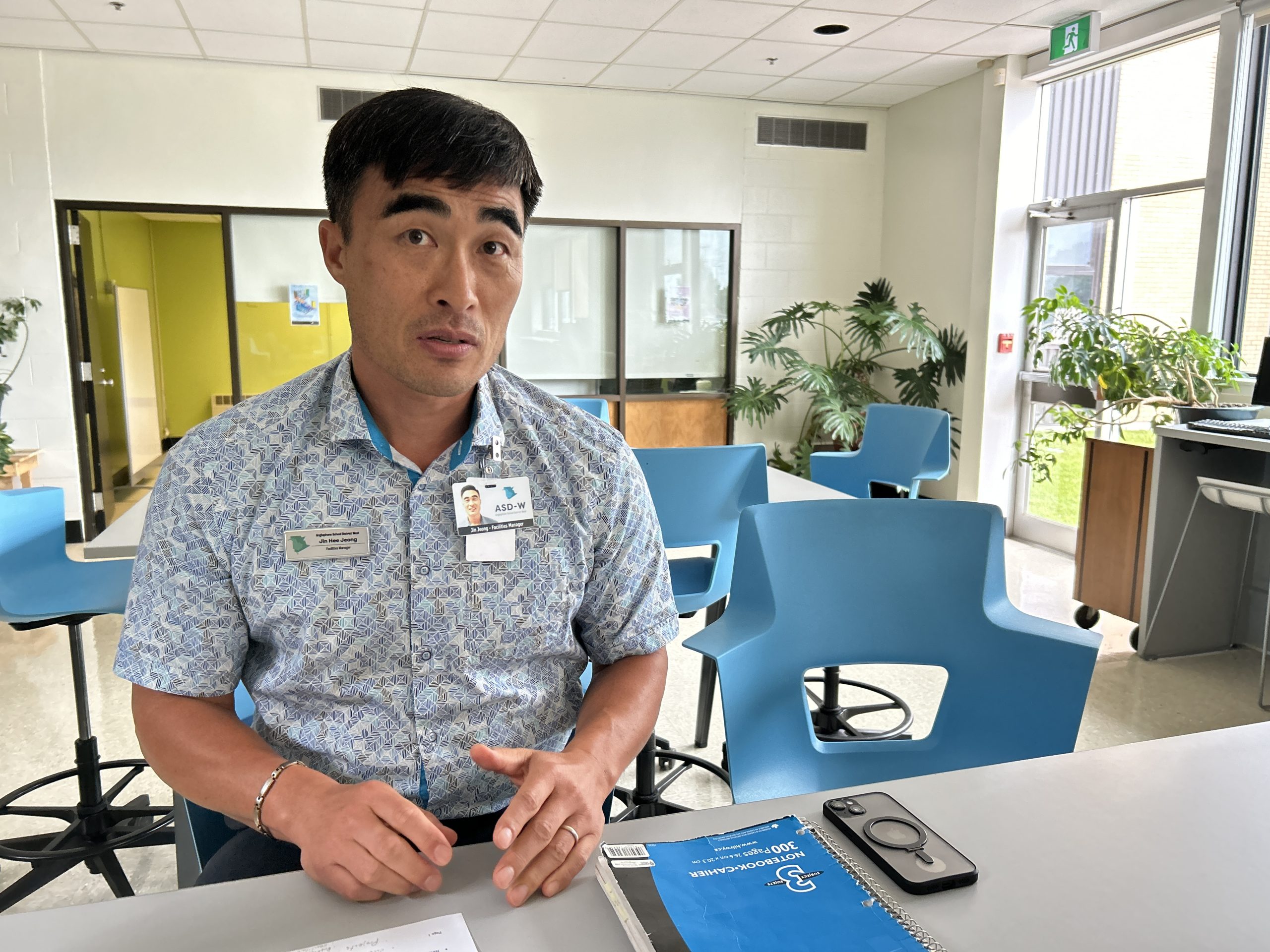While ASD-W’s students and faculty enjoy a well-deserved summer break, our facilities department works hard to ensure they return to clean, comfortable, and modern buildings in September.
Routine building maintenance happens throughout the school year, of course. But summer is when the Facilities Management Team—consisting of 35 maintenance staff and about 200 custodial staff—tackles big projects.
And there is no bigger maintenance project than school roofs.

“When it comes to flat roofs, they don’t last long, maybe 15 or 20 years, so they have to be replaced,” said ASD-W Facilities Manager Jin Jeong. “DTI has a team that only does roofs, so they do an evaluation, tell us, and we decide.”
The “DTI” Jeong mentions is the province’s Department of Transportation & Infrastructure, which oversees roof repairs on school buildings throughout New Brunswick, as well as overseeing any projects with a cost of $50,000 or more.
Thirteen district schools had roof repairs this summer:
- Garden Creek School
- Harvey High School
- Keswick Ridge School
- Keswick Valley School
- Liverpool Street Elementary School
- Park Street Elementary School
- Stanley Consolidated School
- Barkers Point Elementary School
- Harold Peterson Middle School
- Oromocto High School
- Centreville Community School
- Southern Victoria High School
- Tobique Valley High School


Outdoor/Indoor
Exterior improvements, like brick pointing and foundation repairs, and various interior improvements are the next most important maintenance priorities, respectively, tackled during the summer.
Those exterior improvements also include grounds maintenance and an assessment of playground equipment. Facilities makes a comprehensive report on playground equipment and advises schools on what needs to be replaced and what can be repaired.
“If it’s just a few [missing] bolts, we do it. If a swing is twisted, we have to evaluate whether it is doable to fix it or if replacement is required,” said Jeong. “If it’s not safe enough, we put tape around it and tell the school not to use it.”
Individual schools raise their own funds to buy playground equipment. Once the school has chosen the equipment, its administrators meet with the Facilities team to review the school’s plan, then “we go and find somebody who will do the [installation] work,” he said.
Interior improvements include washroom upgrades in select schools, like the installation of touchless hand dryers, taps, and vape detectors. Additionally, there is a plan in place to create at least one single-user washroom for everyone’s use in each school building.
When we go to open up new schools, we put furniture together, bookshelves together. We’re cleaning everything.
ASD-W Custodial Foreperson Laurie Russell
However, those physical improvements won’t stand out unless the environment in which they exist is spotless. And that’s where Facilities’ custodial team comes in.
“Our main task is a deep clean,” said ASD-W Custodial Foreperson Judy Morehouse.
“We start right from the ceilings on down. We clean all surfaces, we clean the furniture, walls, windows. Then we refinish our floors—meaning we strip them down, re-wax them, and get them ready.”
Said ASD-W Custodial Foreperson Laurie Russell: “When we go to open up new schools, we put furniture together, bookshelves together. We’re cleaning everything.”
A breath of fresh air
Since the COVID-19 pandemic in 2020, concerns about air quality in schools has been a paramount concern for school districts nationwide. In 2021, the provincial Department of Education and Early Childhood Development (EECD) implemented a plan to install or upgrade mechanical ventilation in all public schools in New Brunswick.
The school ventilation projects meet the standards established by the American Society of Heating, Refrigerating and Air-Conditioning Engineers (ASHRAE), an internationally known standard used in most provinces and U.S. states.
In 2021, “we had 26 out of 70 schools that did not have mechanical ventilation in the building, so the [provincial] government announced they were going to spend millions of dollars to bring mechanical ventilation systems into our school buildings,” said Jeong.
EECD—not the district—determines which schools will get the ventilation upgrades.
“The following year, we got three schools designated to have the mechanical ventilation systems,” he said. “The year after that, we had four schools designated, and this year we got five designated.”
The five schools selected to receive ventilation upgrades this school year are Nackawic High School, Harold Peterson Middle School, Donald Fraser Memorial School, Harvey Elementary School, and Chipman Elementary School.
Each ventilation project takes an average of 8-12 weeks, and sometimes longer, depending on the work, Jeong said.

